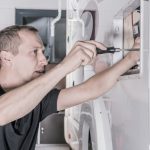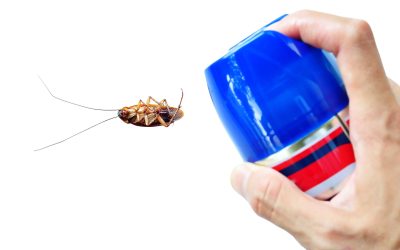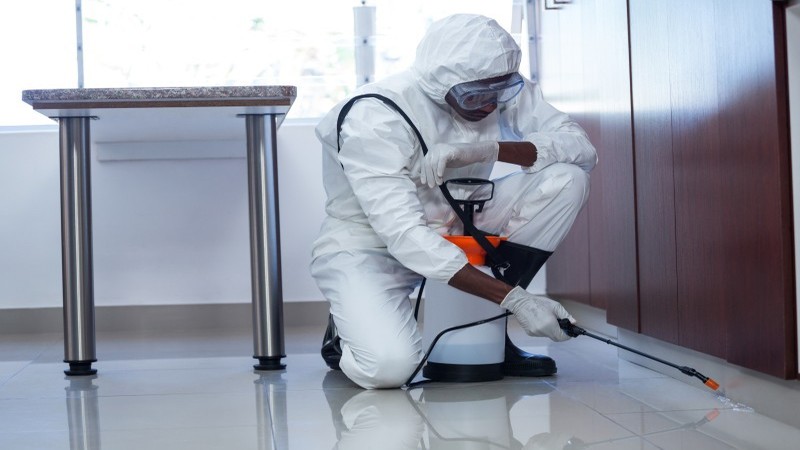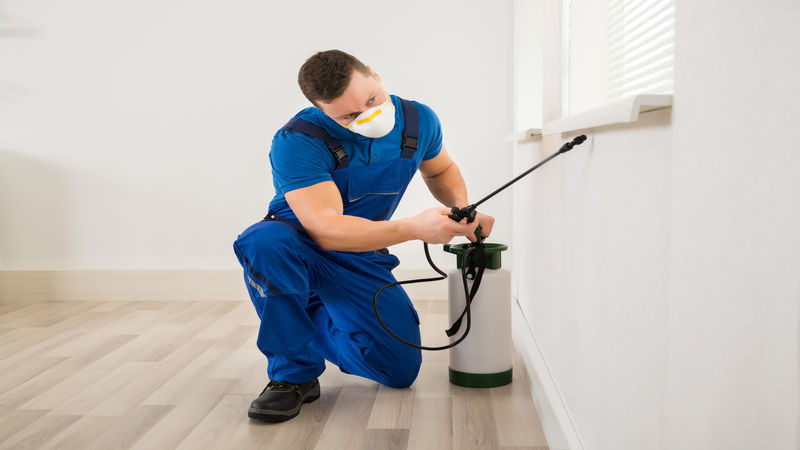While Peachtree City GA is a beautiful city, some of its residents can also make it a place that is less than ideal. Although termite infestation can be devastating to a homeowner, termite treatment in Peachtree City GA nowadays can eradicate the pests so life as a homeowner becomes less of a trial.
Drywood Termites
In Georgia, drywood termites like to take up residence in peoples’ homes or furniture. The pests are dark orange-red in hue and display wings with darkish tones. Soldiers in the species possess large, protruding unsymmetrical jaws that hold an unequal number of teeth. However, that being said, they certainly can make a feast out of a person’s homestead. As a result, termite treatment is a number-one priority if you find these creatures overrunning your house.
Controlling Drywood Termites
Control measures are taken that either use fumigation or injection for termite treatments in Peachtree City GA. If fumigation is used, then the chemical is applied to infested objects or structures. Otherwise, XT2000 Organic Orange Oil Plus is injected into the termite galleries – hollow pathways created by the insect – within the wood.
Drywood Termite Locations
Drywood termites are indigenous creatures in Georgia. Usually, the pests like to feed and nest inside undecayed wood that features a low moisture content.
Use a Contractor Who is Well Versed in Termite Treatment
While subterranean termites need contact with the earth in order to survive, drywood termites can make it just fine by boring and burrowing into the wood. Therefore, when it comes to termite treatment in Peachtree City GA, you need to find a contractor who is as experienced in treating subterranean termites as he is in eradicating the drywood kind. Because drywood termites do not require contact with the soil, they can do some serious damage to wooden items, such as furniture, as well as structures high off the ground or floor.
An Expert in Termite Treatment
Turin Pest Control Company in Peachtree City GA performs an audit and inspection when treating homes for termites. The company does not leave any tunnel, gallery, crack or crevice untreated, regardless of the kind of termite.
Telltale Signs
Drywood termites leave fecal pellets in their wake, which are known as frass. The excretal pellets are a noted characteristic of the non-subterranean variety. Each hard pellet features six distinct surfaces, concave in shape with rounded ends. Some beetles also eject similar pellets in or outside the wood. However, their fecal matter displays convex rounded surfaces. Drywood termites typically enter wood structures or furnishings through a crack or crevice before boring into the material.
Not Too Choosy
Drywood termites are not particular about the wood they enter. Any kind of wood structure or object can be damaged, thereby making termite treatment all the more imperative.








